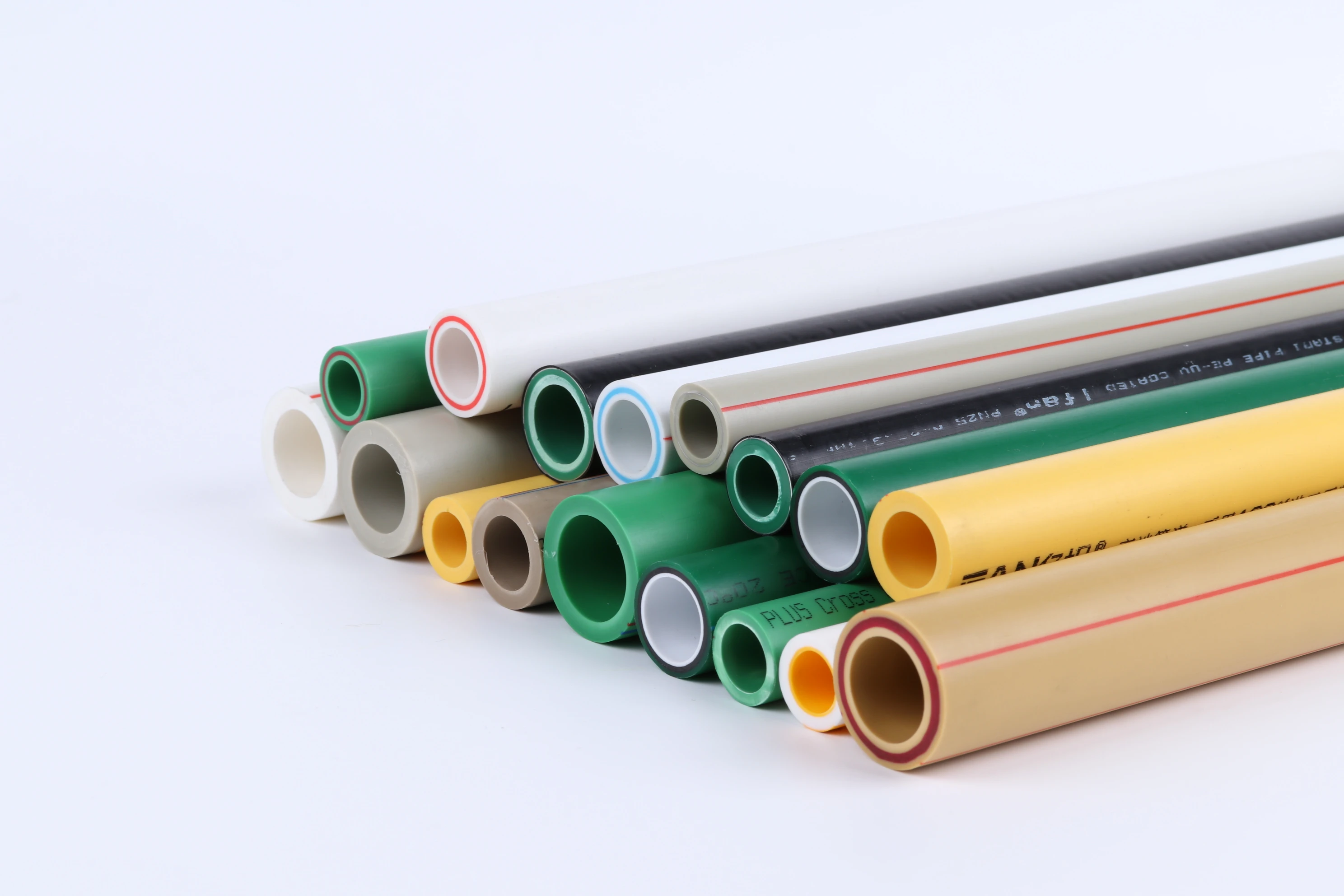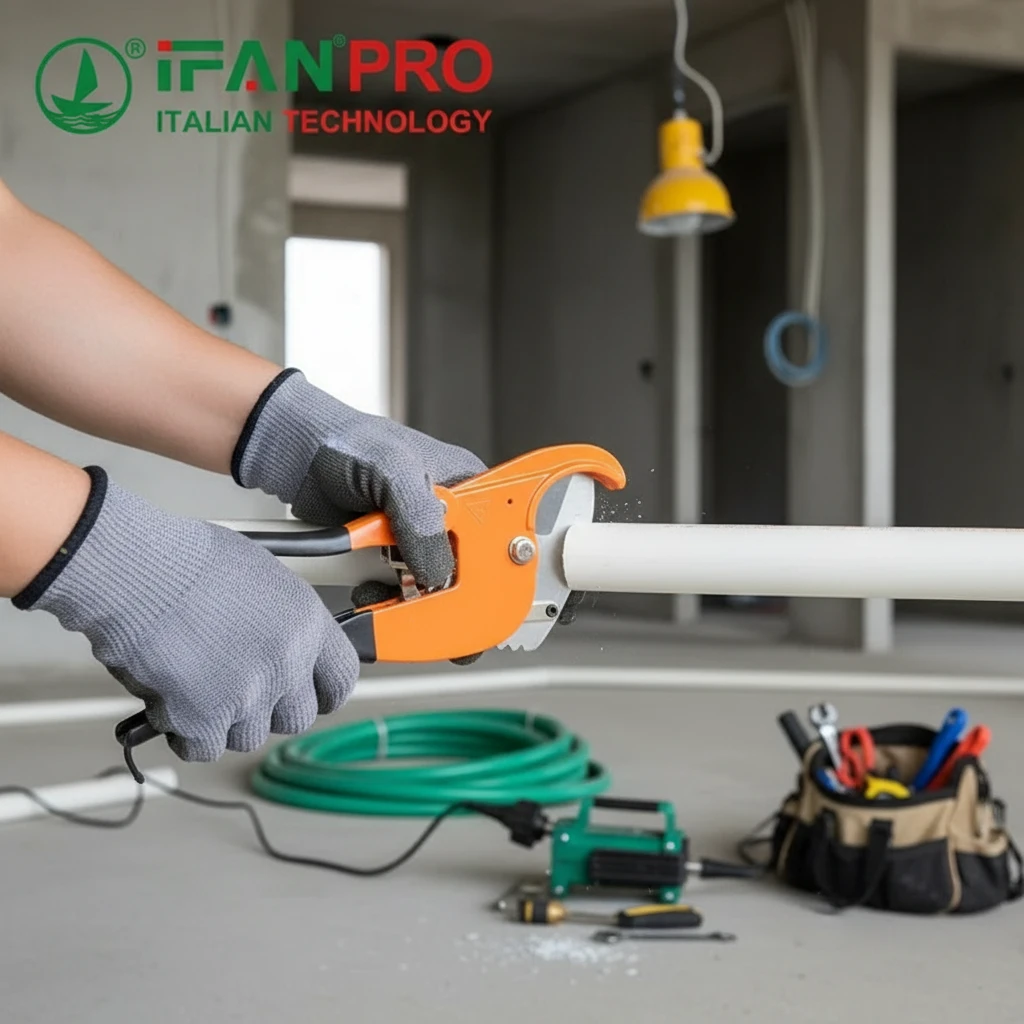As construction and renovation projects increasingly prioritize sustainability, cost-efficiency, and long-term performance, many professionals are asking:
Can PPR (Polypropylene Random Copolymer) pipe replace traditional galvanized pipes in cold water systems?
The short answer is: Yes.
PPR pipes are not only a modern alternative to galvanized steel, but in many cases, they offer superior performance with lower cost and environmental impact.
In this article, we’ll explore the differences between PPR and galvanized pipes, the advantages of using PPR for cold water, and why more engineers, contractors, and suppliers are making the switch—especially in projects across Asia, Europe, the Middle East, and Africa.
🔍 Why Galvanized Pipes Are Being Phased Out
Galvanized steel pipes, once the standard for plumbing, are now considered outdated for several reasons:
- ✅ Corrosion over time leads to rust buildup and reduced water quality.
- 🚫 Heavy and difficult to install, requiring threading and sealing.
- 🛠️ Shorter lifespan due to scaling and interior roughness.
- ❌ Not environmentally friendly or recyclable in most plumbing systems.
For these reasons, many governments and plumbing codes have discouraged or banned galvanized pipes in residential and commercial systems.
💧 Why PPR Pipes Are a Smart Replacement for Cold Water Systems
PPR pipe is engineered specifically for modern plumbing needs. It’s a thermoplastic piping material that is:
- Corrosion- and scale-resistant
- Lightweight and easy to install
- Non-toxic and food-grade certified
- Recyclable and environmentally safe
Let’s break down the key benefits:
✅ 1. Superior Longevity
PPR pipes have a lifespan of 50+ years, even under continuous pressure in cold water supply systems. Unlike galvanized pipes, they do not degrade internally, ensuring consistent water flow and purity.
✅ 2. Cost-Efficient Installation
- No threading or welding
- Joined by heat fusion, forming a single leak-proof system
- Reduces labor costs and time on site
➡️ Ideal for residential, commercial, and public water infrastructure.

✅ 3. Safe for Potable Water
PPR is:
- BPA-free
- Heavy metal-free
- Chemically inert
✅ Certified by global standards such as DIN 8077/8078, ISO 15874, and NSF—perfect for drinking water systems in schools, homes, hospitals, and offices.
✅ 4. Energy-Saving Properties
With low thermal conductivity, PPR pipes help maintain the temperature of cold water during transit, reducing energy loss and condensation on pipe surfaces.
✅ 5. Environmentally Friendly
PPR is:
- 100% recyclable
- Requires less energy to manufacture than metal
- Supports green building certifications like LEED and BREEAM
➡️ A smart choice for eco-conscious construction projects across Europe and beyond.
🏗️ Where PPR Cold Water Pipes Are Commonly Used
| Application | Reason for Use |
|---|---|
| Residential Water Supply | Clean, quiet, corrosion-free |
| Office and Commercial Plumbing | Reliable, maintenance-free |
| Agricultural Systems | Resistant to soil and chemicals |
| Infrastructure Projects | Long lifespan and fast installation |
🌍 Trusted Global Supplier: ifanpro
At ifanpro.com, we specialize in manufacturing and exporting high-quality PPR pipes and fittings for cold water systems, including:
- DIN & ISO certified pipes (PN10/PN16)
- Full OEM customization
- Sizes from 20mm to 160mm
- Support for distributors, contractors, and public projects
As a professional pipe factory based in China, ifanpro provides factory-direct pricing and global shipping to help you source PPR piping at scale.
🔧 Can PPR Be Used in Retrofit Projects?
Yes. PPR cold water pipes can be used to replace galvanized piping in existing buildings. Transition fittings are available to connect new PPR to old metal systems.
Pro Tip: Use certified male/female brass or composite transition fittings for secure hybrid connections.
✅ Conclusion
PPR pipes are a smart, reliable, and eco-friendly replacement for traditional galvanized pipes in cold water applications. With easier installation, better hygiene, and long-term performance, PPR is setting the standard for modern plumbing systems.
Whether you’re upgrading aging infrastructure or building new water systems, explore ifanpro’s certified PPR solutions for a better, safer, and more efficient result.













Recent Comments